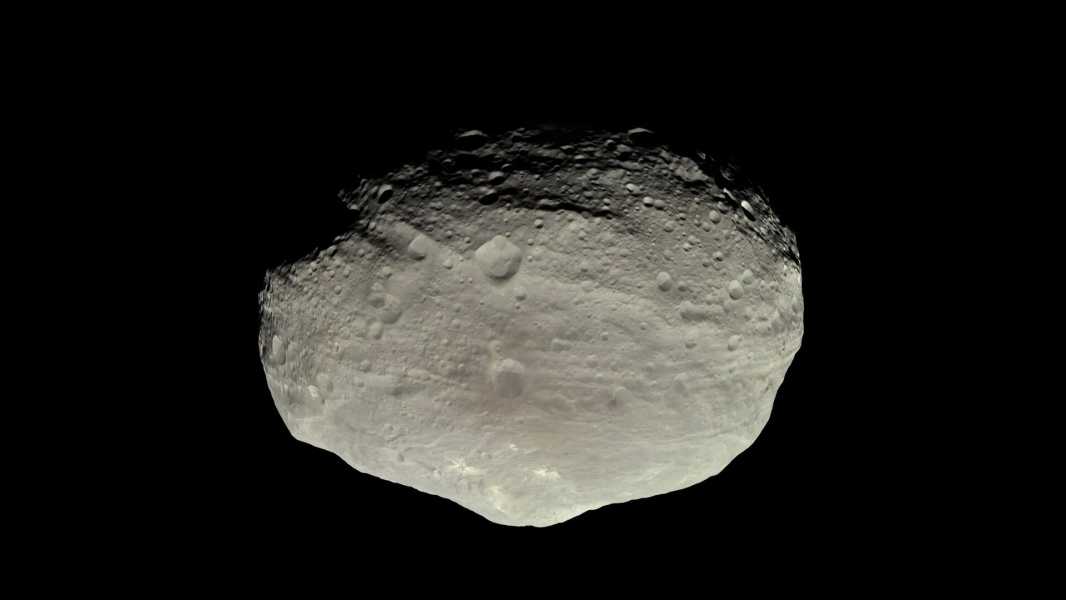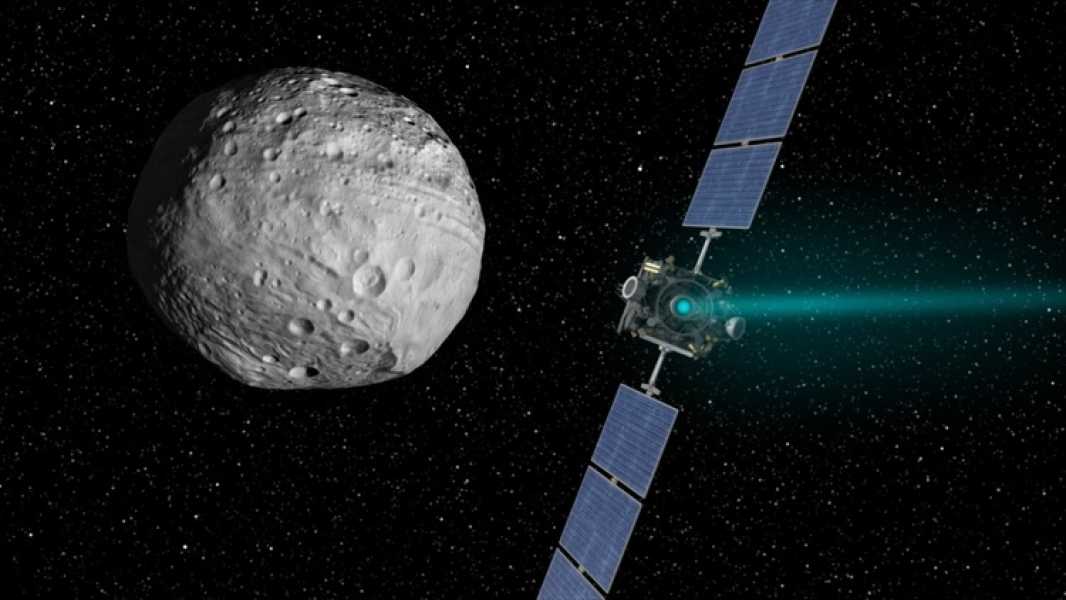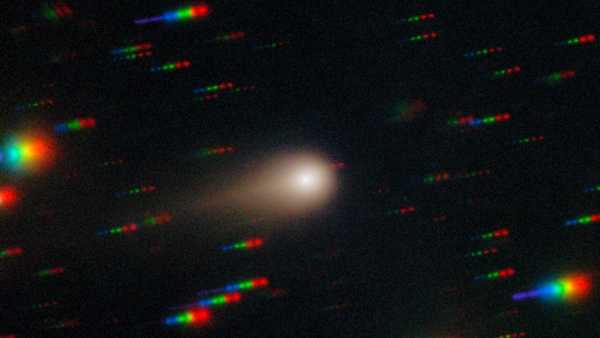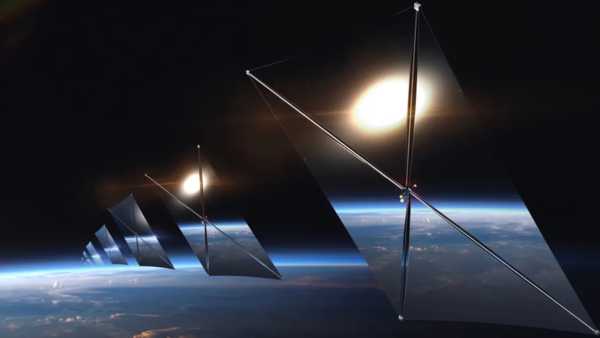
For decades, researchers believed Vesta was a protoplanet, not an asteroid. NASA's Dawn mission seemed to confirm that hypothesis, but new research casts doubt on it. (Image credit: NASA/JPL/MPS/DLR/IDA/Björn Jónsson)
As the second-largest object in the main asteroid belt, Vesta has attracted considerable interest from scientists. While the smaller asteroids in the belt are thought to be remnants of collisions, it is believed that Vesta and the three other large objects in the belt are likely primordial and have been around for billions of years. Scientists believe that Vesta was on its way to forming a planet, and that the rocky planets in the solar system likely began as protoplanets like it. However, new research is casting doubt on this conclusion.
One of the key characteristics of rocky planets is their differentiation. They have a core, a mantle, and a crust, which form when the planet is in a molten state. In this molten phase, materials separate by density, with heavier elements sinking to the center. This explains why Earth has a dense iron and nickel core, while the crust contains significant amounts of oxygen and silicon.
For a long time, it was believed that this was also true for Vesta. The concept of Vesta having a core, mantle, and crust was widely accepted. However, new research based on data from NASA's Dawn mission shows that Vesta's structure is more uniform than previously thought.
The study is titled “Vesta's Small Core Revealed from Dawn Observations.” The study's lead author is Ryan Park, a senior scientist at NASA's Jet Propulsion Laboratory.
“Our findings show that Vesta's history is much more complex than previously thought and was shaped by unique processes such as punctuated planetary differentiation and late collisions,” said Ryan Park, NASA/JPL
Dawn explored Vesta for 14 months beginning in July 2011 before continuing its mission by visiting Ceres. By visiting these protoplanets, the mission sought to understand conditions in the early solar system. It measured the abundance of rock-forming elements such as oxygen, magnesium, aluminum, silicon, calcium, titanium, and iron.

This artist's impression shows the Dawn spacecraft approaching Vesta with its distinctive ion engine.
Vesta is approximately 525 km in diameter, and the initial study using Dawn data suggested that it has an iron-rich core. A 2012 paper claimed that the “mean core size (equivalent spherical core size) is between 107 and 113 km.” The same study also clarified that “Dawn studies confirmed that the core size is 107 to 113 km.”
Sourse: www.livescience.com





